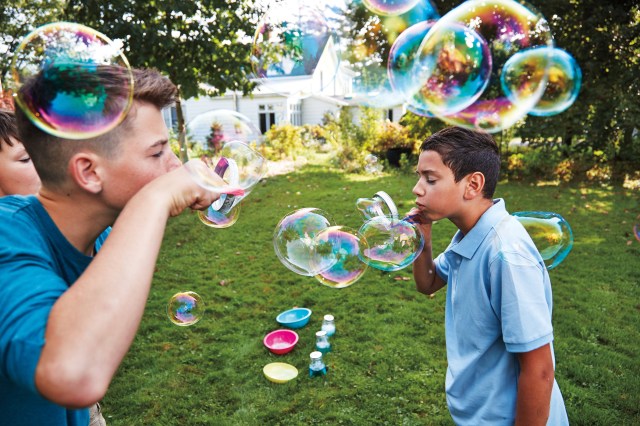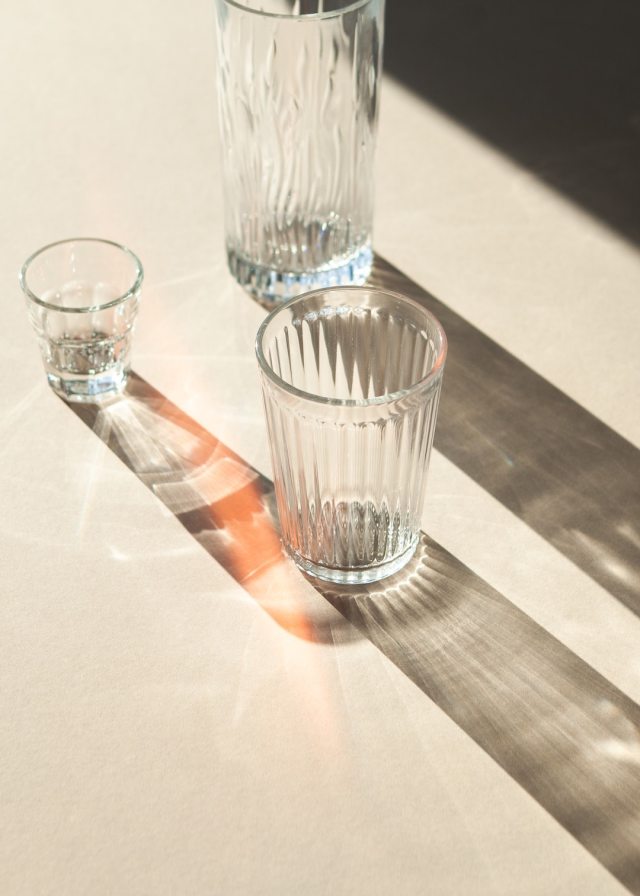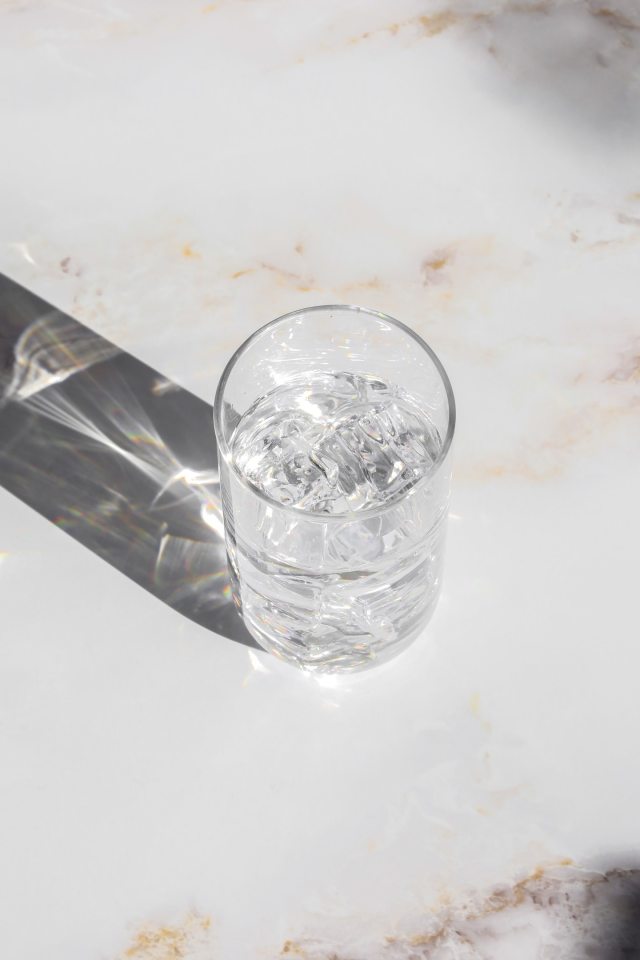- Activities for Kids

6 Incredibly Easy Rainbow Science Experiments

If you can’t find one, make one of your own, right in your kitchen, porch, or stoop
No rainbow in the sky today? No problem. Just pick one (or all) of these easy kid-friendly science experiments with your rainbow-making know-how. From reflection (mirror) to refraction (water glass) to learning about density, we’ve found six science experiments to make or learn from the rainbow. If you want more ideas, check out our sidewalk science ideas or dry ice science experiments .
1. The Mirror Method

Lesson: Demonstrate the principles of reflection and refraction with this easy experiment . Light bending, aka refraction, takes place as light waves pass through the water. When you shine your flashlight (or position your glass so the sun comes in) you are bending the light waves, each one of the waves at slightly different angles resulting in the different colors of the rainbow. This is the same basic principle that occurs when water and sunlight create a rainbow in the sky. Reflection is the light bouncing off of the mirrored surface.
You will need:
A small mirror (like a compact mirror)
A glass of water (big enough to hold the mirror)
A flashlight (or sunlight)
A piece of white paper or a white wall
1. Put the mirror in the glass of water.
2. Turn off the lights and draw the curtains. Make sure the room is totally dark.
3. Shine the flashlight on the mirror and check out the cool mini-rainbows that appear above the mirror. Put your hand behind the glass for extra fun.
2. The Garden Hose Technique

Lesson: Refraction, as above. This time, instead of using a mirror to reflect the light, you are going to basically mimic the natural formation of a rainbow by causing the water to hit the light in a fine mist.
A spray bottle or a hose
1. Put the hose on mist or grab your mister and spray it into an area of your yard/house/garden that has natural sunlight hitting it.
2. Let the kids ooh and ahh over your rainbow-making skills, then let each of them take a turn.
3. Water Density Rainbow

Lesson: By adding more or less sugar to each water solution you are creating different density levels. When you add coloring to the glasses you will be able to see which solution is the heaviest. Add the colors in rainbow order to impress the kids. Visit Little Bins for Little Hands for the experiment that shows you how to make a rainbow.
Food coloring
Five glasses or plastic cups (clear)
4. The Glass o’ Water Approach

Lesson: The most simple form of light bending, this lesson in the light waves is similar to #1 above.
A glass of water
A piece of paper
1. Put the glass of water in the sunlight.
2. Put the paper next to it.
3. Let the sunlight stream through the water and create a rainbow on the paper.
5. Advanced Glass o’ Water Approach:
A spray bottle
1. Put the glass of water on a table or windowsill where there is sunlight.
2. Put the piece of paper on the floor where the sunlight hits, in the line of the glass.
3. Spray the window with warm water where the sun is coming through, and so it lines up with the paper.
4. Move the glass and paper around until you see a neat little rainbow on the paper.

6. The Bubble Method

It doesn't get any easier than making a rainbow by blowing bubbles. You can use regular dish soap and a bit of water and shake ingredients inside a bottle, or just blow bubbles and observe. Want to up the fun factor? Make your own bubble mixture out of ordinary kitchen ingredients.
Need some fresh ideas?
Subscribe to our weekly newsletter for expert parenting tips and simple solutions that make life instantly better.
By subscribing you agree to Tinybeans Terms and Privacy Policy
Related reads

Why Are Gen Z Kids Covering Their Noses in Family Photos?

Screen Time for Babies Linked to Sensory Differences in Toddlerhood, Study Shows

Kids Shouldn’t Have to Finish Dinner to Get Dessert, Dietitian Explains

The Questions Parents Should Be Asking Their Pediatrician—but Aren’t

6 Better Phrases to Say Instead of ‘Be Careful’ When Kids Are Taking Risks
- your daily dose

- and connection

- Your daily dose


IMAGES